Search-evacuation ATVs of the ZIL-4906 “Blue Bird” family
In order to further develop the special technology in 1972, an experimental amphibious all-terrain vehicle PES-2 was created, which had the most serious differences from its predecessors. Having the appropriate dimensions, he could carry a team of rescuers, three astronauts and a descent vehicle. This gave certain advantages, but reduced the mobility of technology. The all-terrain vehicle could not be transported by existing military transport aircraft. According to the results of the project PES-2, the customer and SKB ZIL decided to keep the existing evacuation complex with two separate machines. One of them was supposed to carry only people, and the other only a descent vehicle.
Soon the Special Design Bureau of the Plant. Likhachev, headed by V.A. Grachev created a new experienced all-terrain vehicle ZIL-49042, with which they tested the new version of the transmission, built on simplified and lightweight units. This project was recognized successful, and its achievements should be used when creating the next sample of equipment intended for practical operation.
The new search and recovery all-terrain vehicle received a factory designation ZIL-4906. The numbers of such an index defined the car as a special technique with a total weight from 8 to 14 t. At the end, the six indicated the serial number of a project of this kind in the list of developments of the Special Design Bureau. Together with the base amphibious transport destination was created passenger car ZIL-49061. Both of these samples, as well as another unusual all-terrain vehicle, were included in the PEC-490 search and evacuation complex. After taking on the supply of the complex and his car got the nickname "Blue Bird".
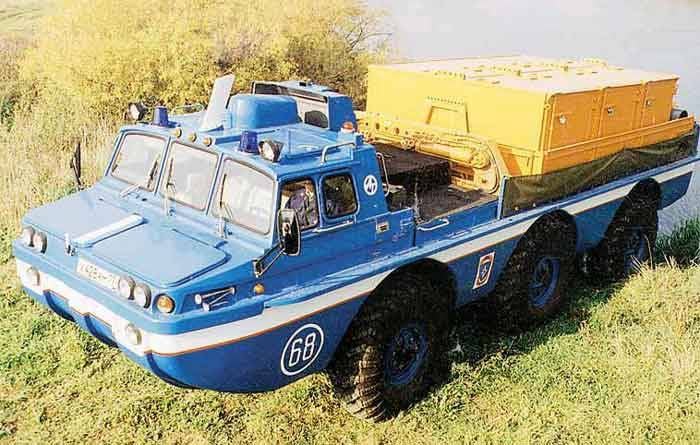
Machine with a test load. Photo Denisovets.ru
All-terrain vehicles of the PEK-490 complex should have a maximally unified design. The ZIL-4906 and ZIL-49061 machines actually differed only in the equipment of the cargo area in the rear part of the hull. In the first case, the all-terrain vehicle was proposed to be equipped with a crane and a cradle for the descent vehicle, in the second case - with a closed passenger cabin. Body, power plant, chassis, etc. both cars were the same.
According to the experience of previous projects, amphibious rescue all-terrain vehicles were built on the basis of a frame structure hull. It was based on a lightweight welded aluminum frame, consisting of longitudinal and transverse profiles, as well as several kerchiefs and braces in loaded places. The frame was fastened with a fiberglass displacement hull. The front overhang of the body was made in the form of a curved unit with several longitudinal ribs. Above the wheels was placed a vertical side with large wheel arches. The rear of the hull with a vertical aft panel, had a rising bottom. This form was associated with the need to install a pair of outdoor propellers.
The layout of the housing ZIL-4906 / 49061 repeated the features of some previous "space" machines. The front of the hull was given under the instrument compartment and the cockpit. The cabin received a characteristic fiberglass cap, protruding above the roof-deck hull. Behind it was located the power compartment, the lid of which was at the level of the sides of the slice. Slightly more than half of the hull, in its center and aft, was intended for the installation of the target equipment that corresponds to the purpose of the machine. A significant part of the internal chassis volumes accommodated transmission units.
In the engine compartment of the hull fit the recycled gasoline engine ZIL-130 with power 150 hp. Next to the engine was a radiator with blowing equipment, a fuel tank and other equipment. Exhaust pipe with a silencer brought to the roof of the hull. Previous all-terrain vehicles of SKB ZIL were equipped with an automatic transmission, but this time they decided to use mechanical devices. A five-speed manual gearbox connected to the engine.
From the gearbox, torque was delivered to the transfer case, which was used to realize the so-called. onboard power distribution. The transfer flange mezhbortovoy differential distributed torque to the wheels of different sides. With the help of a system of cardan shafts and final drives, all six wheels of the vehicle were driven. Shafts for stern propellers also departed from the transfer case.
In the project ZIL-4906 retained a three-axle undercarriage with four-wheel drive and large-diameter wheels. This time the wheels of all three axles are equipped with an independent torsion bar suspension. The front and rear wheels were steerable and controlled with a hydraulic booster. To improve maneuverability, the steering system unfolded the rear wheels with some delay relative to the front ones. Wheels with large-diameter tires associated with a centralized pressure control system were reused. The wheels had disc brakes placed inside the car body.
For movement on water, the all-terrain vehicle received a pair of propellers placed under the stern of the hull. Behind each of them was his own mobile steering wheel, which provided maneuvering. Screws and handlebars were controlled from the driver’s workplace.
Both promising cars received a unified cabin. The crew was housed under a common glass-plastic cap with advanced glazing. Access to the cockpit was provided by a pair of roof hatches. Side doors were missing. To reduce the size of the all-terrain vehicle in the transport position, the cap could be dismantled. On the left side of the cab there was a driver’s control post, equipped with the necessary instruments and devices to monitor all the systems of the vehicle.
At the disposal of the crew were the means of navigation and communication, which provided the search for the landed astronauts and the exchange of information. Already after the start of serial production and operation of the equipment, the modernization was carried out, which included the installation of the newest electronic equipment. As a result, the search work has noticeably simplified.
A cargo modification of a search and rescue vehicle with the designation ZIL-4906 had an open feeding area with some target equipment. For the transportation of the descent vehicle, a lodgement of the appropriate configuration was placed on the cargo platform. There was also a set of lines for fixing such a load in its place. If necessary, all-terrain vehicle-truck could take on board and other objects. For example, it was with his help that it was planned to transport the rotor auger-carrying vehicle included in the PEK-490 complex.
In front of the body and behind it on the amphibian ZIL-4906 were placed the supporting devices of the double girder crane, which was put on the port side. With the help of arrows, hook beams and other equipment, the crew could load a spacecraft or other cargo on board the vehicle. On a common base with arrows, folding jacks were installed, which stabilized the all-terrain vehicle during loading.
The unified amphibious ZIL-49061 had a different equipment. The entire rear half of its hull was occupied by a closed passenger compartment, covered with a large fiberglass hood. In the sides of the cabin there were several large windows. Access inside was provided by a hatch in the low front wall, leading to the roof-deck of the engine compartment, and the rear door. Due to the high altitude of the all-terrain vehicle, a folding ladder was provided next to this door.
Along the sides of the cabin were placed several sofas of folding design, on which it was possible to place a team of rescuers and evacuated cosmonauts. So, with three passengers lying down, four people could sit. The crew had a variety of equipment for work in different conditions, medical equipment, entrenching tools, etc. Comfortable conditions in the cabin and cabin provided with heaters and air conditioners. The supply of water and food allowed the astronauts and rescuers to work at a distance from the bases for several days.
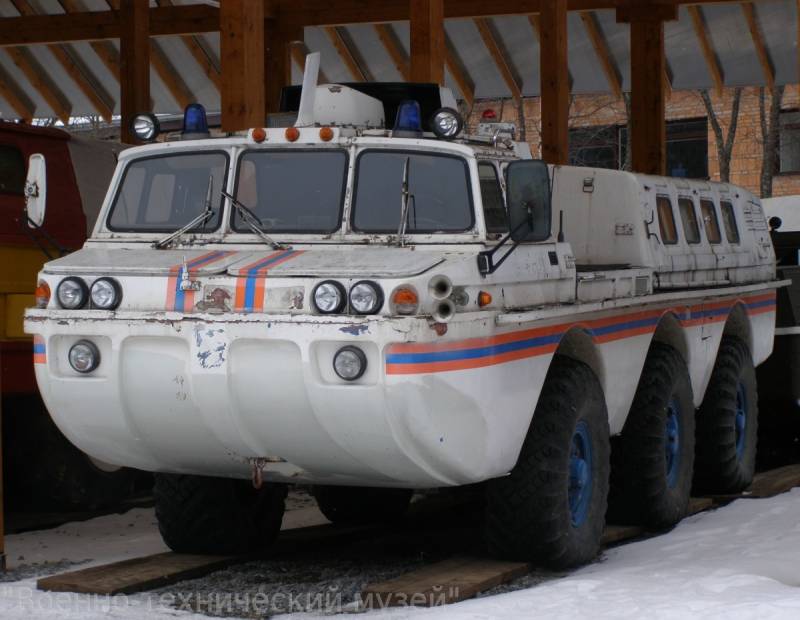
Museum sample amphibians ZIL-49061 "Salon". The car is painted in the colors of MES. Photos of the State Military Technical Museum / gvtm.ru
During the development of the ZIL-4906 / 49061 projects, the specialists of SKB ZIL created a new variant of painting equipment. Previous search and recovery vehicles received a bright color in red-orange tones, which did not let them get lost in the background of snow. New amphibians, taking into account possible exploitation in various regions and in various landscapes, decided to paint differently. Cars had to have a bright blue color, providing good visibility on snow, in fields, in deserts, etc. It is because of this color scheme ATV got the nickname "Blue Bird".
All-terrain vehicles of the PEK-490 complex had similar dimensions and weight. The length of both cars was 9,25 m, width - 2,48 m, height - less than 2,6 m. Wheelbase - 4,8 m at intervals of 2,4 m. Track - 2 m. The transmission design allowed us to obtain ground clearance at 544 mm. The curb weight slightly exceeded 8,3 tons. The total weight with all permissible payload did not exceed 9,3-9,4 tons. On the highway, amphibians could drive at speeds up to 75 km / h. The maximum speed on the water was limited to 8 km / h.
The use of all major developments in previous projects led to remarkable results. Combining the ideas and solutions of a number of previous experimental and mass-produced vehicles, the ZIL-4906 and ZIL-49061 all-terrain vehicles could overcome various obstacles, swim and solve all the tasks. However, to test the real capabilities of the technique had to pass the test.
The first prototypes of the new models appeared in the middle of the 1975 year. The cars with unofficial nicknames “Crane” and “Salon” were planned to be tested in a variety of conditions where their help might be needed. The next few years were spent on testing ready-made all-terrain vehicles, improving the design and studying the features of their use in real operations. In practice, it was confirmed that the proposed appearance of a special rescue vehicle fully complies with the requirements and tasks to be solved. At the same time, some features of the equipment did not suit the creators and the customer, because of which it needed some improvements.
Unfortunately, the ZIL Special Design Bureau had to complete the development of the ZIL-4906 amphibians already without V.A. Grachev. The chief designer of numerous all-terrain vehicles and the author of the most daring ideas has passed away on 24 December 1978 of the year. The PEK-490 Blue Bird complex was the last major project implemented under his leadership. However, left without a leader, the specialists of the design bureau continued their work and completed all his undertakings.
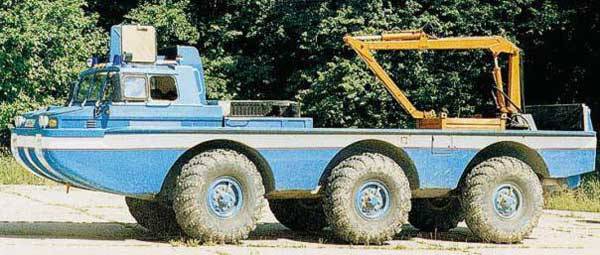
Prototype off-road vehicle ZIL-49062, equipped with a different crane. Photo Deisovets.ru
In 1981, a new search and evacuation complex consisting of a ZIL-4906 all-terrain vehicle, a ZIL-49061 passenger vehicle and a ZIL-2906 auger and snowmobile rover was accepted for supply to the Unified State aviation search and rescue service of the USSR. Soon, small-scale production of new equipment began.
Until the end of the Soviet Union - approximately 10 years - the Moscow Automobile Plant them. Likhachev managed to build about three dozen all-terrain vehicles of the 490 complex. 12 machines with cranes, 14 "Salons" and 5 auger all-terrain vehicles were manufactured and delivered to the customer. At that time, all this equipment was supplied only to the United Search and Rescue Service.
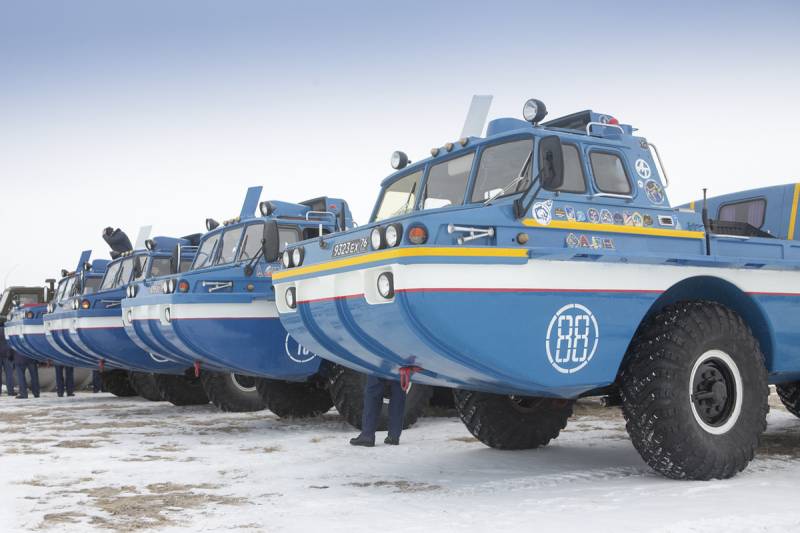
"Blue Birds" at the exercise, March 2017. Photo of the Ministry of Defense of the Russian Federation / mil.ru
The serial "Blue Birds" repeatedly had to participate in rescue operations. First of all, their task was to search for descent capsules with astronauts on board. Finding a landing site, the crews of all-terrain vehicles could take people and equipment. There is also information about the operation of the PEC-490 outside the framework of the space program - when searching for crash sites for aircraft.
Already after the start of operation of serial equipment, in 1983, the initial project ZIL-4906 / 49061 was modified with the replacement of a piece of equipment. Thus, a new ZIL-49062 transporter was created. He was distinguished by a reinforced frame and a modified steering system. The engine cooling system improved and a new propeller appeared. Later, after carrying out some tests, the experimental machine received a turbocharged ZIL-550 engine that developed power up to 150 hp as an experiment. It also tested a single-arm crane with its characteristics that were not inferior to a serial product. A slewing bearing of such a crane was located in the rear of the hull.
In 1985, the “Salon” type car, in the course of its further development, received new navigation equipment and more modern communication systems. Also, the passenger cabin was equipped with more efficient climate equipment. This version of the all-terrain vehicle called ZIL-49065. In an improved version, the amphibian could search for astronauts faster and more efficiently, as well as provide greater comfort for the crew and passengers. The capacity of the cabin and carrying capacity have not changed.
Prototypes of all-terrain vehicles ZIL-49062 and ZIL-49065 passed the tests and confirmed the design characteristics. They were not recommended for mass production and operation, but the main ideas of the projects were not lost. Already in 1986, some of the developments on modernization projects were introduced into the design of the original ZIL-4906 / 49061 machines. Thus, the new serial "Blue Birds" combined the features of the equipment of the basic and upgraded versions.
After the collapse of the USSR Plant them. Likhachev, like many other domestic enterprises, faced various problems. One of the results of this was the transformation of SKB ZIL into a separate enterprise. The new company was named GVA Rover (Vitaly Andreevich Grachev). Already as an independent organization, the former Special Design Bureau continued to produce "space" technology. The Ministry of Emergency Situations, the structure of the armed forces and even one of the companies in the extractive industry have shown interest in the PEC-490 vehicles.
According to known data, new orders for special equipment allowed to bring the total number of “Blue Birds” to 40-50 units. Most of these machines are still in operation and solves the problem. However, there are exceptions. So, one of the serial passenger amphibious all-terrain vehicles a few years ago became an exhibit of the State Military Technical Museum in the Moscow region. Ivanovo. This car has retained a white color with tricolor stripes, talking about its service in the Ministry of Emergency Situations.
In the late eighties, measures were taken to increase the service life of serial equipment. At the expense of this or that work, it was proposed to increase the resource of all-terrain vehicles from the initially designated 10 to 20 years. These proposals have led to the desired results, thanks to which the ZIL-4906 machines still remain on the supply and solve the assigned tasks. As required, they are being renovated and upgraded. For example, in the middle of the two thousandth, the equipment of the “Blue birds” with modern satellite navigation equipment began.
Most of the ZIL-4906 all-terrain vehicles and their modifications, despite their considerable age, still remain in operation and solve the tasks assigned to them. It should be noted that the replacement of this technique in the context of search and rescue operations in the interests of astronautics is not yet available. There are several explanations for this. The main one is that the available equipment fully meets current requirements and is able to solve all the tasks. If we take into account the life of the special equipment from the plant to them. Likhachev, it can be argued that the Blue Bird complex turned out to be the most successful development in its field.
Based on:
http://denisovets.ru/
http://arms-expo.ru/
http://kolesa.ru/
http://gvtm.ru/
http://zonwar.ru/
R. Danilov “Blue Birds” // Technique and Armament, 2011. No.2, No.3.
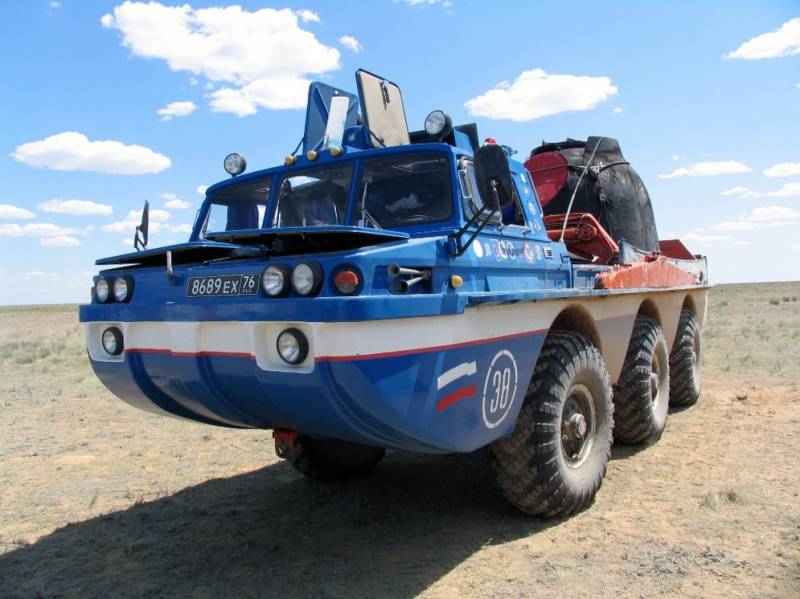
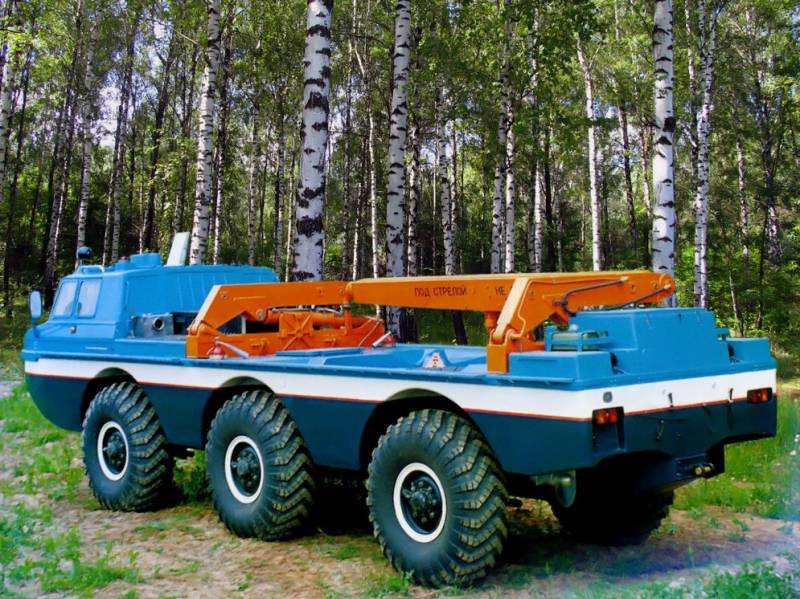
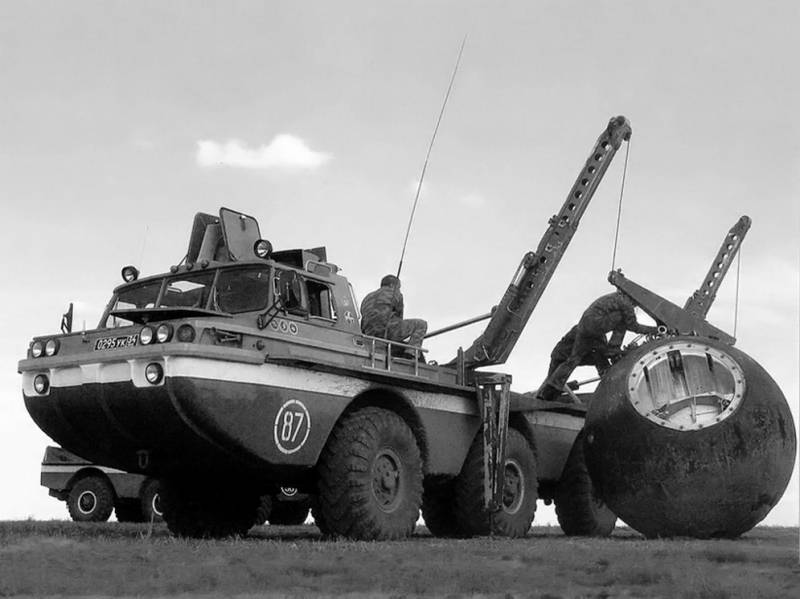
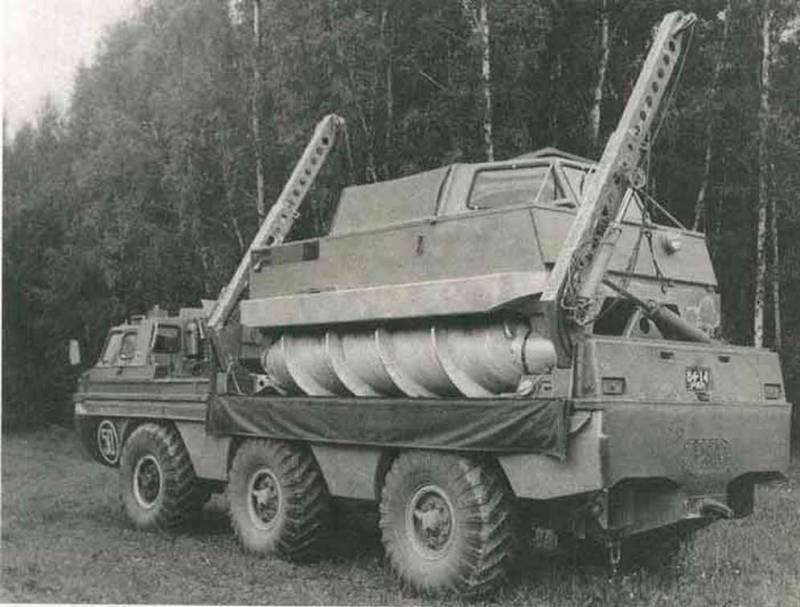
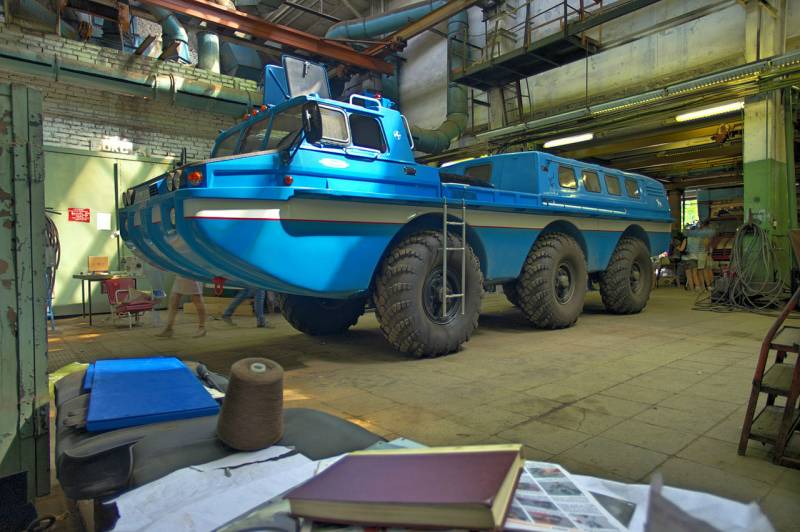
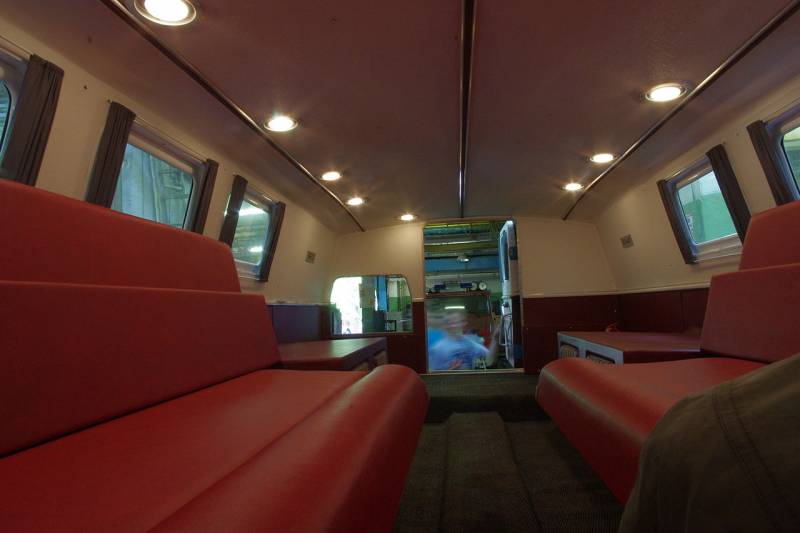
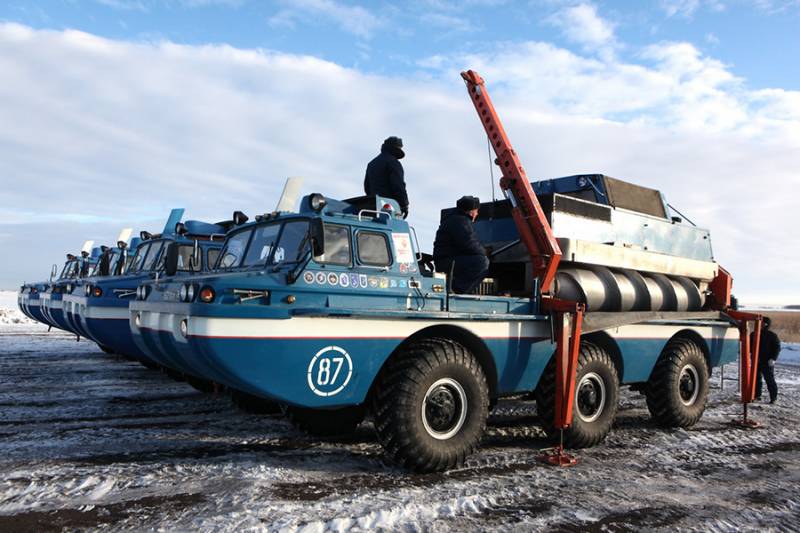
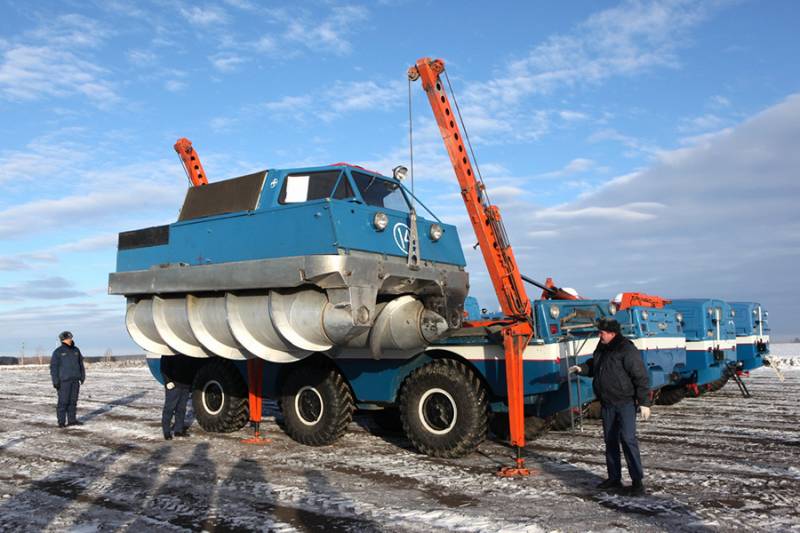
Information